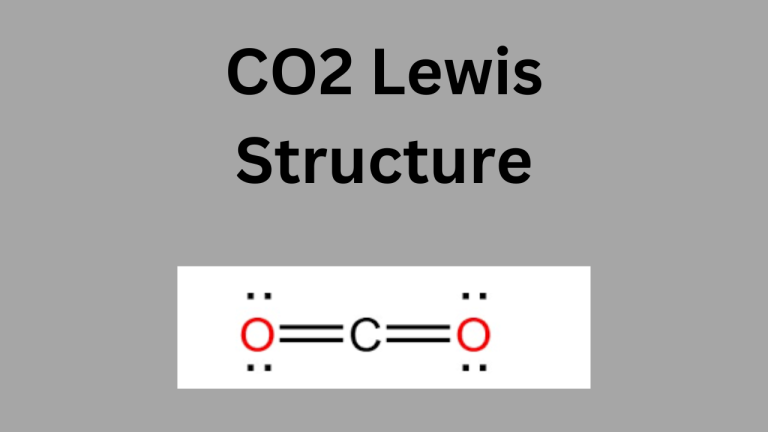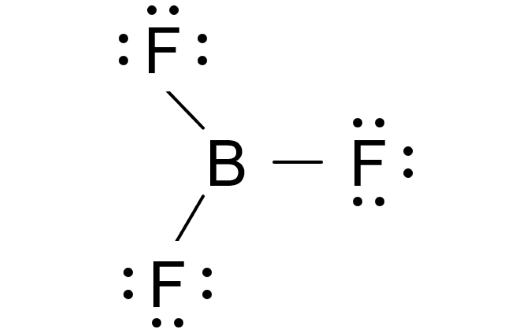CH3Br Lewis Structure Geometry, Hybridization and Polarity
When it comes to studying chemical compounds, understanding their structure and properties is essential. In this article, we will explore the Lewis structure, geometry, hybridization, and polarity of Ch3Br.
What is the Lewis structure of Ch3Br?
Determining the total number of valence electrons in Ch3Br
In order to determine the Lewis structure of Ch3Br, we first need to calculate the total number of valence electrons present in the molecule. Ch3Br consists of three hydrogen atoms and one bromine atom. Hydrogen has one valence electron, while bromine has seven. Therefore, the total number of valence electrons in Ch3Br can be calculated by adding the valence electrons of each atom: 3 (hydrogen) + 7 (bromine) = 10.
Drawing the Lewis structure of Ch3Br
Once we have determined the total number of valence electrons in Ch3Br, we can proceed to draw its Lewis structure. The Lewis structure of a molecule represents the arrangement of atoms and valence electrons, indicating the bonding and non-bonding pairs.
In the case of Ch3Br, we start by placing the central atom, which is bromine (Br), and then distribute the remaining atoms (hydrogen) around it. Since each hydrogen atom needs to form a single bond with bromine, we connect them using a single line. The remaining valence electrons are then placed around the atoms as lone pairs, fulfilling the octet rule.
Identifying the geometry of the Ch3Br molecule
In order to determine the geometry of the Ch3Br molecule, we need to analyze its Lewis structure. Ch3Br molecular geometry is tetrahedral, similar to the molecular geometry of methane (CH4). This shape forms when the central atom (br) is surrounded by three hydrogen atoms and one bromine atom, resulting in a tetrahedral molecular geometry.
What is the molecular geometry of Ch3Br?
Determining the electron geometry of Ch3Br
In addition to the molecular geometry, it is important to understand the electron geometry of Ch3Br. The electron geometry refers to the arrangement of all electron pairs (both bonding and non-bonding) around the central atom.
In the case of Ch3Br, the electron geometry is also tetrahedral, since it has four electron pairs around the central bromine atom. This electron geometry is crucial for determining the hybridization of the molecule.
Determining the hybridization of Ch3Br
Hybridization is the process of combining atomic orbitals to form new hybrid orbitals that participate in bonding. In Ch3Br, the hybridization of the bromine atom is sp3, which means it forms four hybrid orbitals. These orbitals result from the mixing of one 2s orbital and three 2p orbitals.
The three hydrogen atoms in Ch3Br are also sp3 hybridized since they are attached to the bromine atom. This sp3 hybridization allows for the formation of four sigma bonds and results in a tetrahedral electron geometry.
Exploring the molecular geometry of Ch3Br
The molecular geometry of Ch3Br, as mentioned earlier, is also tetrahedral. This molecular shape is determined by the arrangement of atoms around the central bromine atom. The three hydrogen atoms and one bromine atom are located at the four corners of a tetrahedron, giving Ch3Br its tetrahedral molecular geometry.
What is the polarity of Ch3Br?
Understanding the concept of polarity
Polarity refers to the separation of electric charge within a molecule. A molecule can either be polar, nonpolar, or polar covalent, depending on the electronegativity difference between the atoms and the molecular geometry.
Assessing the polarity of Ch3Br
In the case of Ch3Br, the bromine atom is more electronegative than the hydrogen atoms, causing a dipole moment between the bromine and hydrogen atoms. This leads to a polar molecule, where the positive and negative charges are not evenly distributed.
Explaining the factors influencing polarity in Ch3Br
The polarity of Ch3Br is influenced by two factors: the difference in electronegativity between bromine and hydrogen and the molecular geometry. The electronegativity difference creates a dipole moment, while the tetrahedral molecular geometry ensures the separation of charges.
How to draw the Lewis structure and determine the geometry of Ch3Br?
Step-by-step process for drawing the Lewis structure of Ch3Br
1. Determine the total number of valence electrons in Ch3Br by adding the valence electrons of each atom: 3 (hydrogen) + 7 (bromine) = 10.
2. Place the central atom, bromine (Br), and distribute the remaining atoms (hydrogen) around it.
3. Connect each hydrogen atom to bromine with a single bond.
4. Place the remaining valence electrons as lone pairs around the atoms, fulfilling the octet rule.
Analyzing the geometry of Ch3Br based on its Lewis structure
Based on the Lewis structure of Ch3Br, we can determine that the molecule has a tetrahedral geometry. This is a result of the arrangement of atoms around the central bromine atom: three hydrogen atoms and one bromine atom.
Understanding the significance of the bromine atom in Ch3Br
The bromine atom plays a significant role in Ch3Br, as it is the central atom around which the other atoms are arranged. Its higher electronegativity compared to hydrogen causes the molecule to have a polar nature, leading to a dipole moment.
What are the key features of the Ch3Br molecule?
Identifying the valence electrons in Ch3Br
Ch3Br consists of three hydrogen atoms and one bromine atom. This means that Ch3Br has a total of 10 valence electrons.
Exploring the role of lone pairs in Ch3Br
In Ch3Br, there are no lone pairs present since all valence electrons are either involved in bonding or shared as lone pairs around the atoms.
Analyzing the hybridization in the Ch3Br molecule
The hybridization in Ch3Br involves the sp3 hybridization of the bromine atom and the hydrogen atoms. This allows for the formation of four sigma bonds and results in a tetrahedral molecular geometry.

